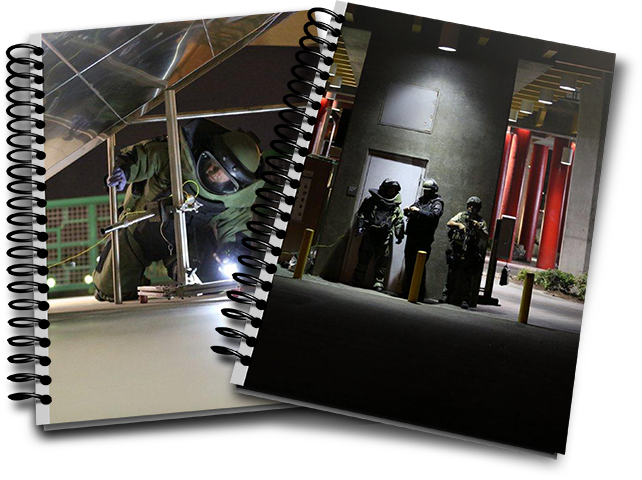The existence of real and potential explosive threats, particularly throughout public tranportation systems, as well as public venues such as shopping malls, schools and sporting events, requires an enhanced awareness and response capability throughout the emergency first responder community, one that is adaptive to today's realities.
Recent domestic and local-area events; incidents of active shooter/bombers in pubic transportation venues, shoppiing malls, universities, public schools and businessess; booby trapped homes and businessess, ambush attacks targeting first responders, 'lone-wolf' attacks, planned 'spectacular' attacks on infrastructure, 'Doomsday' events, disoveries of improvised explosives labs during fire suppression and unique incendiary and explosive attack methods, have each served to remind us that we live in a world where the domestic use of explosives is both credible and real.
It is essential that emergency responders from all disciplines; law enforcement, the fire and rescue service and security professionals, each receive an enhanced cross-disciplinary awareness and response capability to counter these 21st Century threats.
This eight hour block of instruction on counter-IED response to public transportation systems focuses on the following:
- A model for joint operations; the Integrated CBRNE Transit Response Team
- Improvised Explosive Devices (recognition, indicators of activity, visual cues)
- Threat Assessment in public transportation environments
- Vulnerability assessments and RAG procedures; trains, buses, platforms, cruise ship terminals, airports
- Domestic attack methodology and predictive analysis
- Response procedures and protocols
Course material will be provided.































